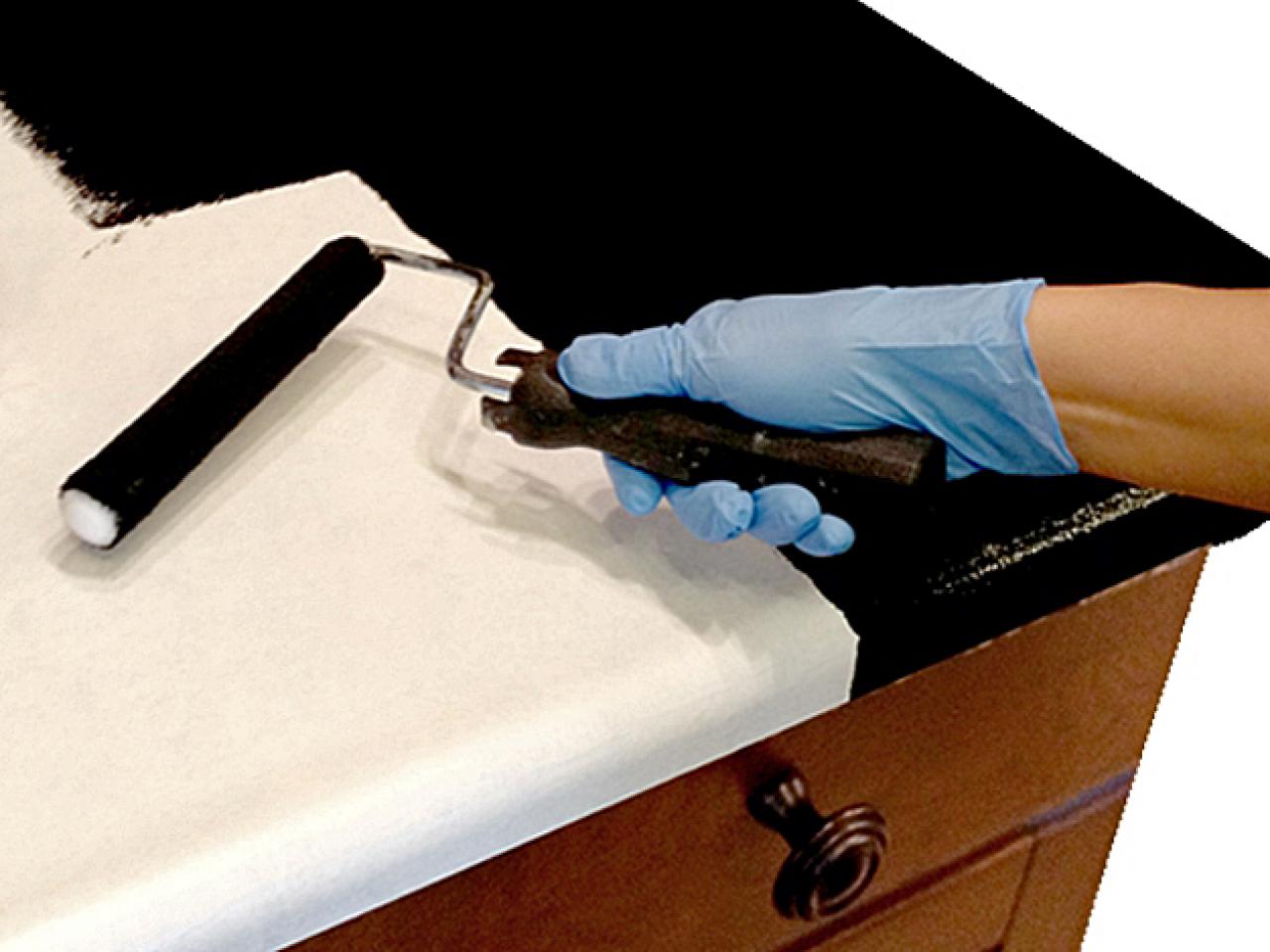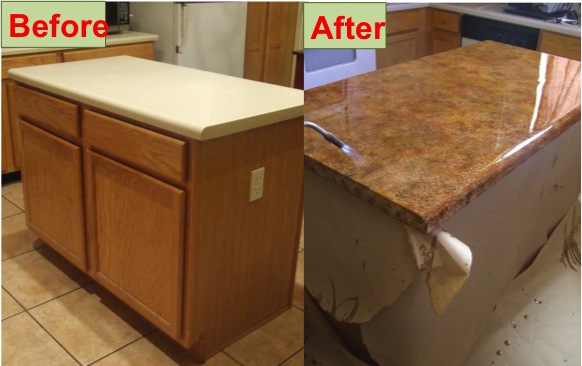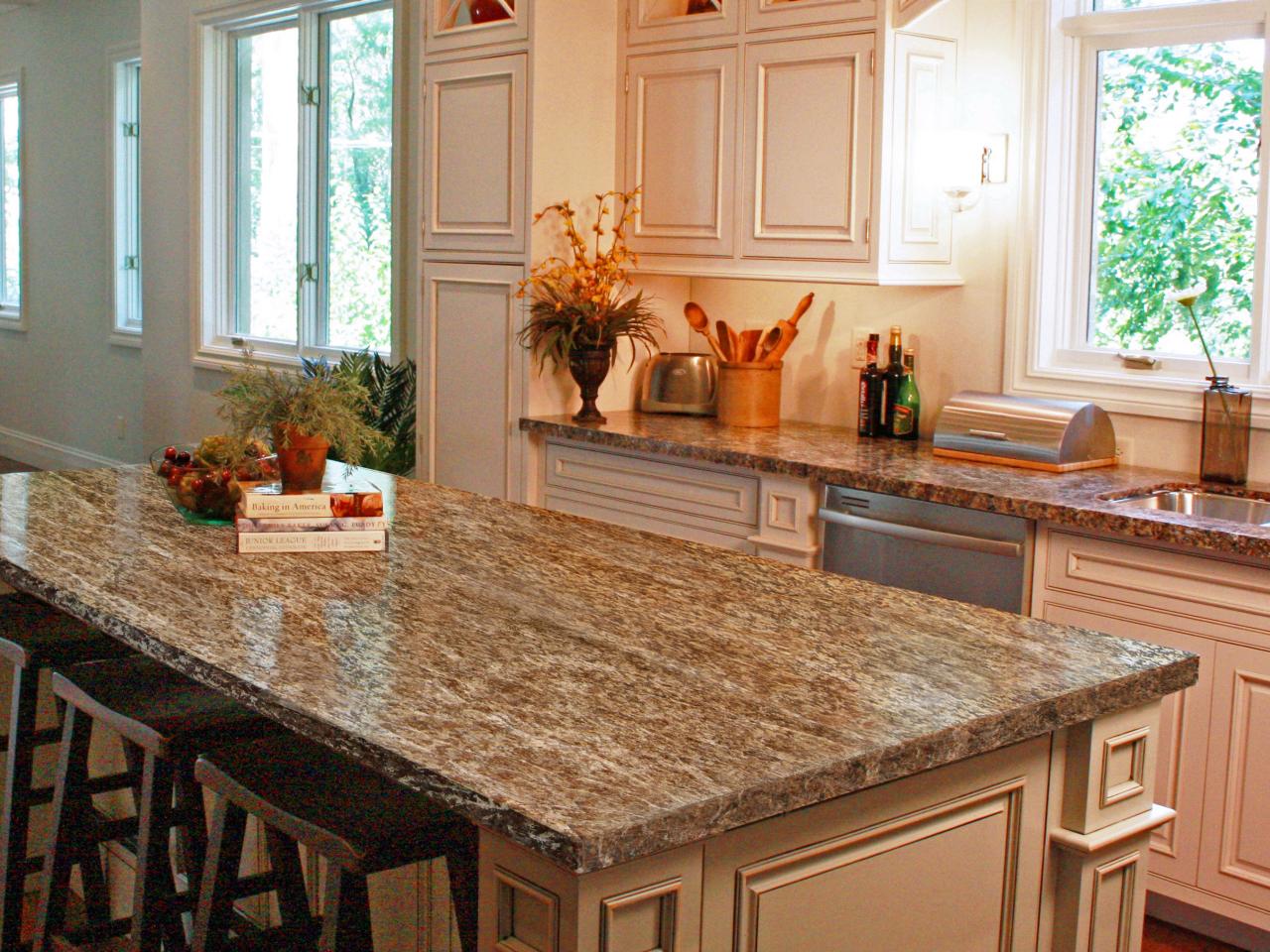Redoing a kitchen countertop can be a rewarding project that breathes new life into your kitchen space. Whether you’re looking to update the style, improve functionality, or increase the value of your home, there are several approaches to consider. Here’s a comprehensive guide to help you navigate the process smoothly:
Assessment and Planning: Before diving into the project, assess the current condition of your kitchen countertop. Consider factors such as material, size, layout, and any existing damage. This assessment will help you determine the extent of the redo and plan accordingly.
Budgeting: Establish a budget for your countertop redo. This should include costs for materials, labor if hiring professionals, tools if doing it yourself, and any unforeseen expenses. Research the cost of different countertop materials to ensure your budget aligns with your desired outcome.
Material Selection: Choose the right material for your new countertop based on your budget, style preferences, and lifestyle. Popular options include granite, quartz, marble, butcher block, concrete, laminate, and stainless steel. Each material has its unique characteristics in terms of durability, maintenance, and aesthetic appeal.
DIY vs. Professional Installation: Decide whether you want to tackle the countertop redo as a DIY project or hire professionals. DIY can be cost-effective but requires time, skill, and access to necessary tools. Professional installation ensures precision and quality but comes with additional costs.

Preparation: Prepare the kitchen area for the countertop redo. This may involve removing appliances, clearing out cabinets, disconnecting plumbing fixtures, and protecting surrounding surfaces from damage.
Removal of Existing Countertop: If replacing an existing countertop, carefully remove it to avoid damaging the cabinets or walls. Depending on the material, this may involve unscrewing, cutting, prying, or lifting the countertop away.
Surface Preparation: Ensure the base cabinets are level and properly supported to accommodate the new countertop. Make any necessary repairs to the cabinet structure or subflooring before installing the new countertop.

Measurement and Cutting: Accurately measure the dimensions of the countertop space and the new countertop material. Use appropriate tools to cut the material to size, ensuring precise fits around corners, edges, and sink cutouts.
Installation: Place the new countertop onto the base cabinets, ensuring a snug fit and proper alignment. Secure the countertop in place using adhesive, brackets, or fasteners, depending on the material and manufacturer’s recommendations.
Sealing and Finishing: Apply a sealant or finish to the countertop surface to protect it from stains, water damage, and daily wear and tear. Follow the manufacturer’s instructions for proper application and drying times.
Reconnection of Fixtures: Reconnect plumbing fixtures, such as sinks and faucets, to the countertop. Ensure proper alignment and seal any gaps to prevent leaks.
Final Touches: Install any additional features or accessories, such as backsplashes, edge profiles, or decorative elements, to enhance the overall appearance of the countertop.

Cleaning and Maintenance: Once the countertop installation is complete, clean the surface thoroughly to remove any dust, debris, or adhesive residues. Follow proper maintenance guidelines to preserve the beauty and functionality of your new countertop for years to come.
Enjoyment: With your newly redone kitchen countertop in place, take the time to appreciate and enjoy the transformation. Experiment with different countertop uses, decorations, and arrangements to make the most of your revamped kitchen space.
Future Considerations: Keep in mind that a kitchen countertop redo is an investment in your home. Consider future trends, resale value, and long-term maintenance when making decisions about materials and design.

How much does it cost to redo a kitchen countertop?
The cost of redoing a kitchen countertop varies depending on factors such as material choice, size of the countertop, labor costs, and any additional features or accessories. On average, homeowners can expect to spend anywhere from a few hundred to several thousand dollars for a countertop redo.
How long does it take to redo a kitchen countertop?
The timeframe for redoing a kitchen countertop depends on several factors, including the extent of the project, the chosen material, and whether you’re doing it yourself or hiring professionals. Generally, the process can take anywhere from a few days to a couple of weeks to complete.
Can I install a new countertop over the existing one?
In some cases, it may be possible to install a new countertop over the existing one, especially if the current countertop is in good condition and the new material is lightweight. However, this approach may not be suitable for all countertop materials and could affect the height and stability of the countertop.
What are the most durable countertop materials?
Some of the most durable countertop materials include granite, quartz, and stainless steel. These materials are resistant to scratches, heat, and stains, making them ideal choices for high-traffic kitchen areas.
How can I maintain my newly redone kitchen countertop?
Proper maintenance is essential for preserving the appearance and functionality of your newly redone kitchen countertop. Follow the manufacturer’s guidelines for cleaning and maintenance, avoid placing hot pans directly on the surface, use cutting boards and trivets to protect against scratches and heat damage, and promptly clean up spills to prevent staining. Regularly sealing natural stone countertops can also help maintain their beauty and longevity.
How to Paint Countertops – Looks Like Slate

Refinish Your Kitchen Counter Tops For Only $30! Tips and tricks

How To: $500 DIY Kitchen Remodel Update Counter u0026 Cabinets on a Budget

How to Paint Laminate Kitchen Countertops DIY

Resurfacing Kitchen Countertops: Pictures u0026 Ideas From HGTV HGTV

Countertop Refinishing – Refinish your Counter Tops – Miracle Method

Related articles: